
by Lynn Salmon <>{
Over the period July 1996 -- April 1998, airborne particle concentrations and chemical composition were measured both inside and outside the new J. Paul Getty Museum outside Los Angeles, CA. The purpose of these experiments was to determine the relationship between the stages of construction and operation of the building and the soiling hazard to the collections. Particular attention was paid to tracking the concentrations of fine black soot particles and mineral dust particles. The time needed to "air out" the building following construction can be seen from the data collected, as well as the inherent particle removal efficiency of the filters within the building ventilation system, and the effect of entry of the general public into the building.
During the period of observation while the building was under construction, weekday coarse dust particle concentrations on occasion reached very high levels (600-1100 µg m-3; 24-hour average), falling to relatively low values averaging 26 µg m-3 over weekend periods when construction activity subsided. In March, 1997, with construction largely completed and with the HVAC system in full operation, indoor coarse dust concentrations fell to 1.7% of those outdoors. Beginning at this time, indoor fine particle concentrations relative to those outdoors declined steadily over a period of about one to two months, reaching levels of 3.9% of those outdoors during the period June 3 - December 6, 1997 when construction was completed but before entry of the general public into the building. Thus, the coarse and fine particle removal efficiencies of the building HVAC system absent major indoor sources are at least 98% and 96% respectively. Following the opening of the museum to the public, indoor particle concentrations increased by approximately 1 µg m-3 in each of the coarse dust and fine smoke-size particle size ranges indicating that there is a small but measurable effect due to increased air infiltration as doors are opened and closed more frequently and due to particles shed by the visitors. Still, indoor particle concentrations inside the new Getty Museum in the presence of the general public are among the lowest in the world, only 3.2 µg m-3 of coarse dust and 1.8 µg m-3 of fine particles on average over the period January - April, 1998.

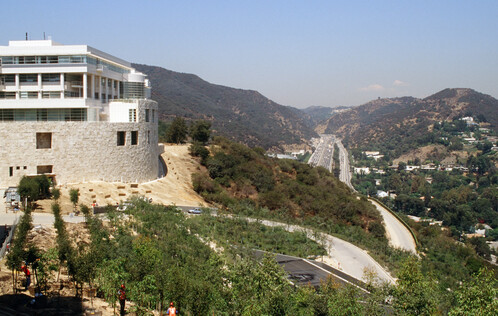
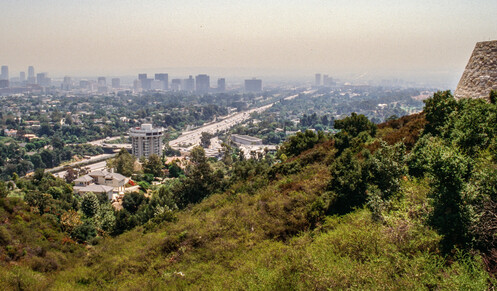
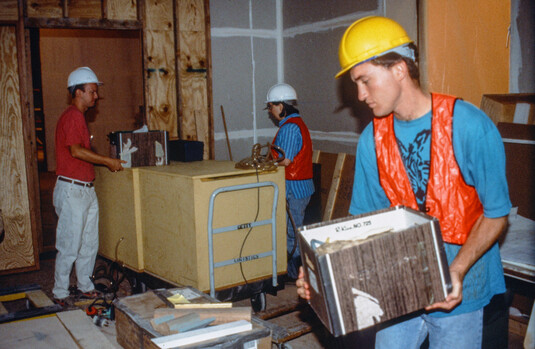
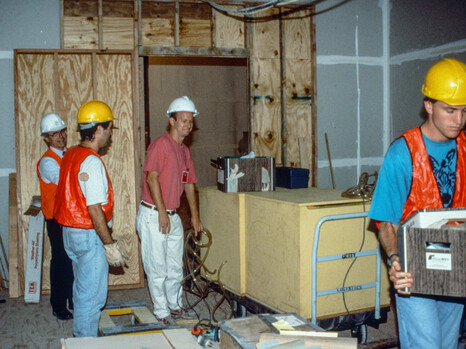
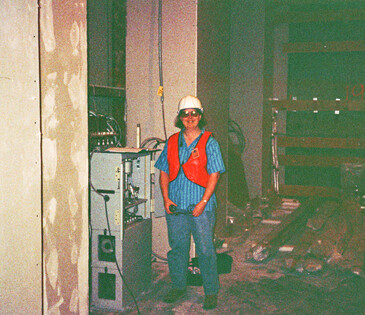
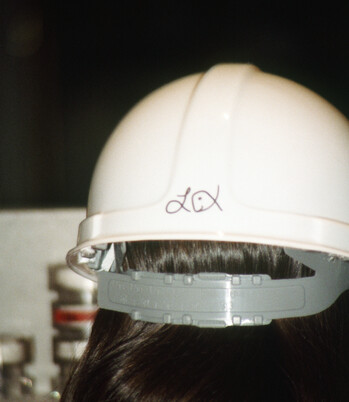
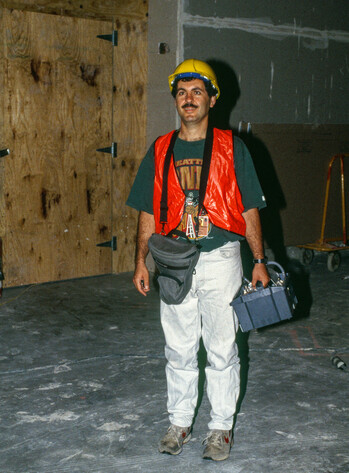
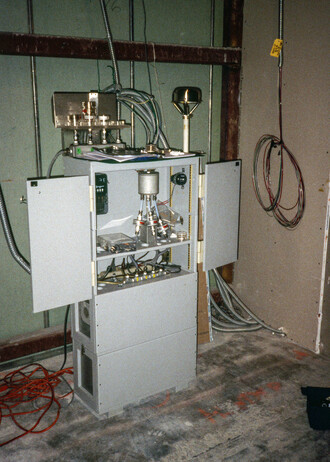
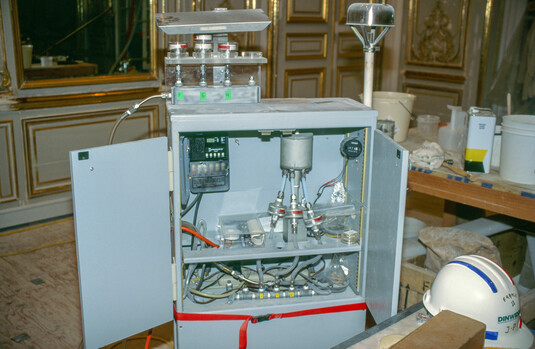

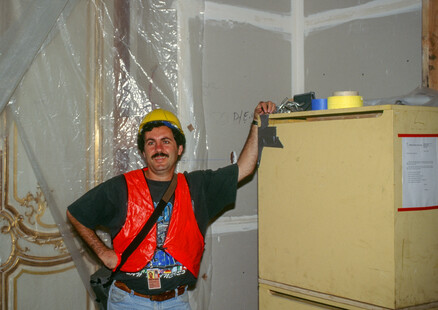
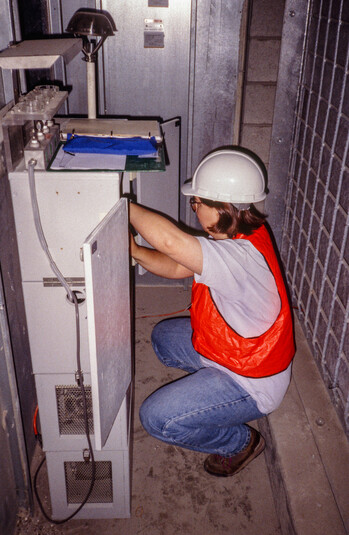

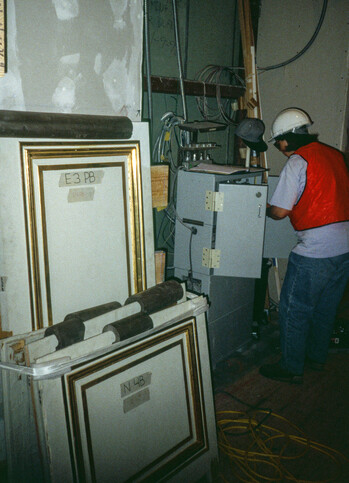
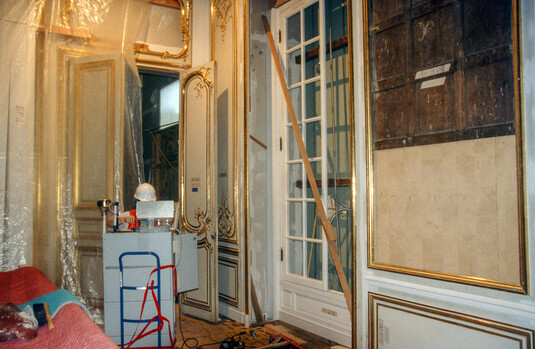
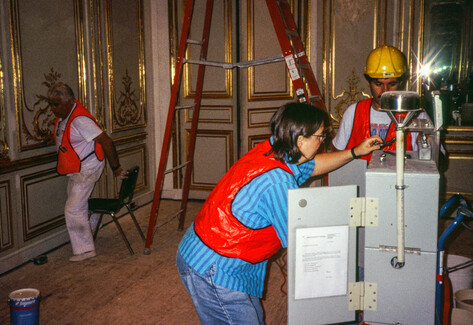
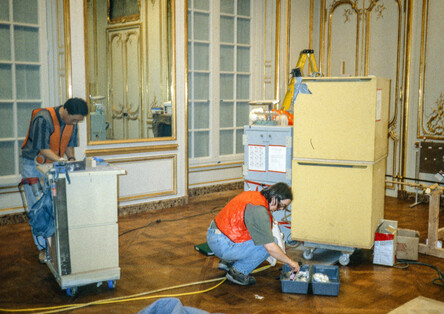

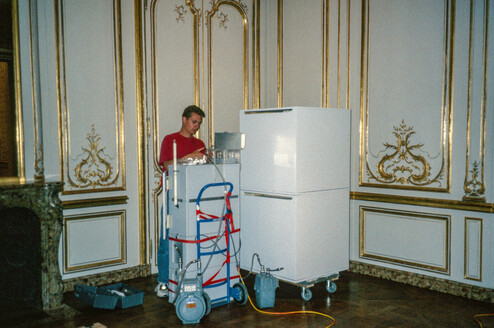
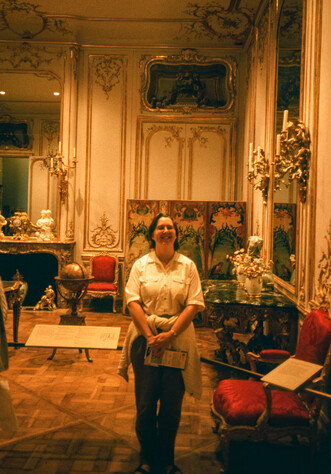
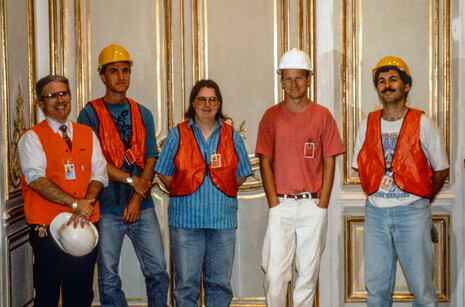
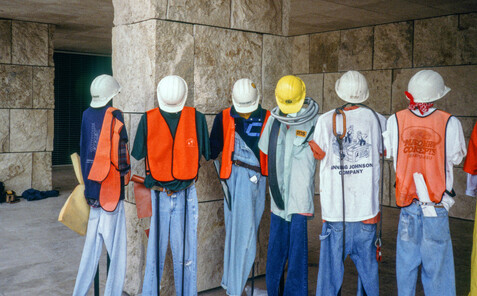
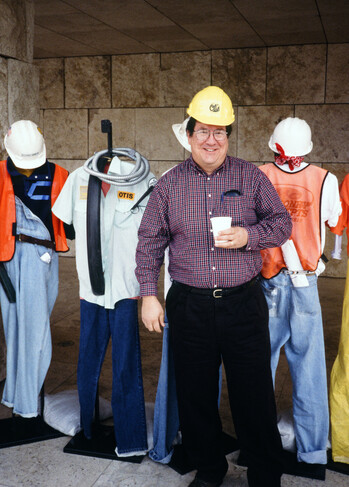
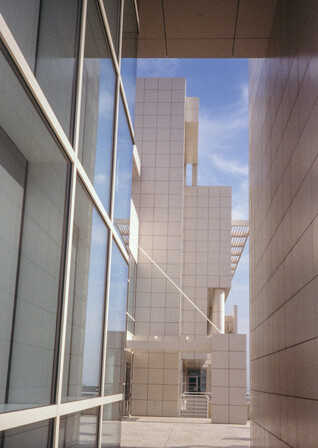
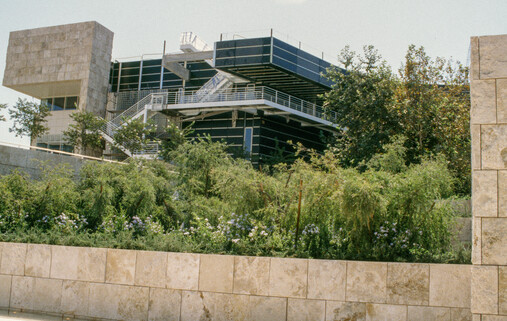
Lynn & John Salmon <>{